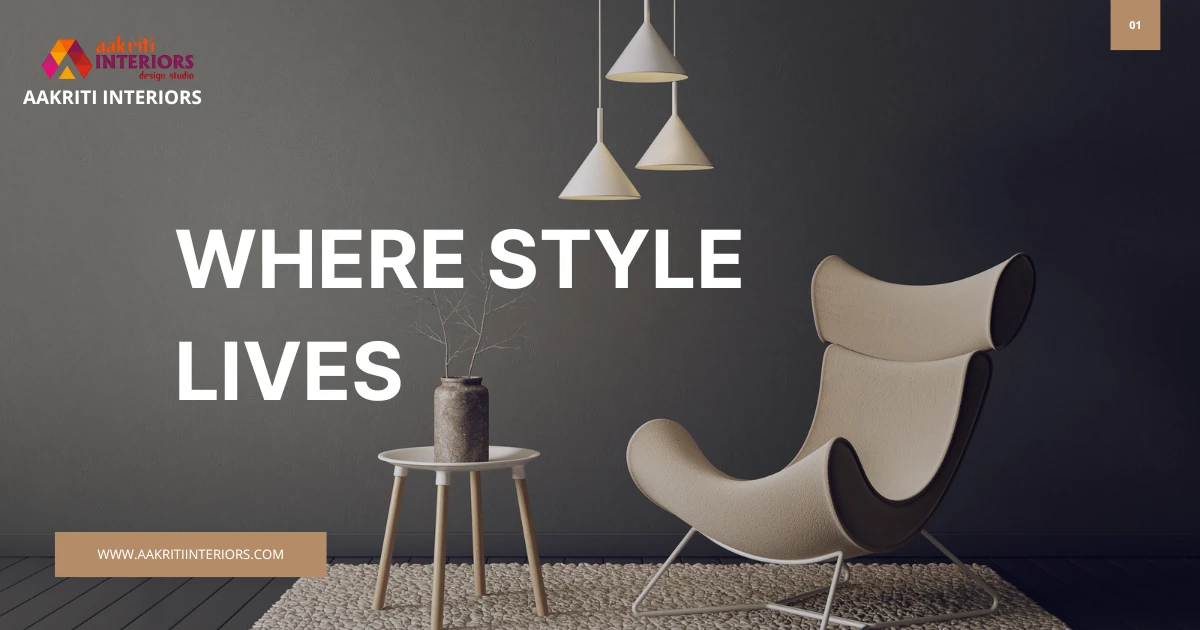
Students Preparing for On-Site Work
Successful site visits start with thorough preparation. Interior design students in Ranchi must review project briefs, architectural drawings, and client requirements beforehand to know what to observe and ask. Equipping themselves with measurement tools, cameras, notebooks, and checklists ensures comprehensive data collection.
Mentors emphasize defining objectives for each visit—whether it’s assessing space constraints, material conditions, or structural elements. Proper preparation boosts confidence, minimizes oversights, and facilitates focused documentation, helping students connect academic knowledge with practical challenges.
Accurate Measurement Techniques and Tools
Measuring spaces accurately forms the core of site visits. Students learn to use laser distance meters, tape measures, and digital apps to record dimensions of walls, doorways, windows, and other architectural features.
Ranchi’s interior designers teach students to double-check measurements to avoid costly design errors. Collecting precise data supports more realistic floor plans, furniture layouts, and custom fittings. Familiarity with measurement protocols is essential for professional standards and technical communication with builders and fabricators.
Observation of Structural and Architectural Details
Site visits enable students to inspect foundational structural elements such as beams, columns, floor levels, and load-bearing walls. Recognizing these supports informs design feasibility, material choices, and spatial modifications.
Students in Ranchi are trained to document architectural details clearly through sketches and photographs. Understanding how design ideas will interact with or adapt to existing structures enhances creativity and practicality in solutions. This insight guides project proposals that respect building integrity and regulatory requirements.
Identifying Lighting and Ventilation Conditions
Natural and artificial lighting, as well as ventilation, greatly influence interior comfort and aesthetics. Site visits allow students to observe sunlight patterns, window placements, and airflow pathways in real time.
Experienced interior designers in Ranchi encourage students to note these environmental factors carefully, as they impact furniture arrangement, color schemes, and material selections. Documenting lighting and ventilation conditions helps integrate functional and energy-efficient design elements suited to specific settings.
Effective Communication with Clients and Contractors
During site visits, interacting with clients, contractors, and subcontractors aids in clarifying expectations, resolving discrepancies, and fostering collaboration. Students must practice professionalism, active listening, and respectful questioning.
In Ranchi, professional etiquette during visits builds rapport and trust, sometimes revealing insights not found in documents. Interior design students develop communication skills by observing negotiations, asking relevant questions, and summarizing findings clearly for stakeholders. This collaborative approach ensures smoother project implementation.
Documenting and Reporting Site Visit Findings
Well-documented site visit reports with annotated photographs, sketches, and notes provide a valuable resource for design development. Students should structure reports systematically, highlighting key observations, measurements, and potential challenges.
Interior designer in Ranchi trainers emphasize clarity and completeness in reporting to avoid misinterpretations. Digital tools and templates facilitate organized presentations, supporting both academic submissions and professional dealings. Accurate documentation is indispensable for transparent workflows and quality control.
Safety Practices and Ethical Considerations on Site
Site visits may expose students to potential hazards such as construction debris or unstable structures. Learning to identify risks, wear safety gear, and follow site regulations is crucial for personal protection and professionalism.
Ethical behavior includes respecting privacy, property, and client confidentiality during visits. Students in Ranchi are guided to observe all protocols diligently, demonstrating responsibility and integrity that enhance their credibility as future interior designers.
Conclusion
Conducting effective site visits equips interior design students in Ranchi with critical observational, communication, and technical skills vital for transforming academic knowledge into successful projects. With mentorship from an experienced interior designer in Ranchi, students learn to prepare, measure, communicate, and document professionally while respecting site safety and ethical standards. These competencies build a strong foundation for competent and confident designers capable of delivering client satisfaction.
"A great design begins with keen observation and respectful interaction at the site." – Aakriti Interiors